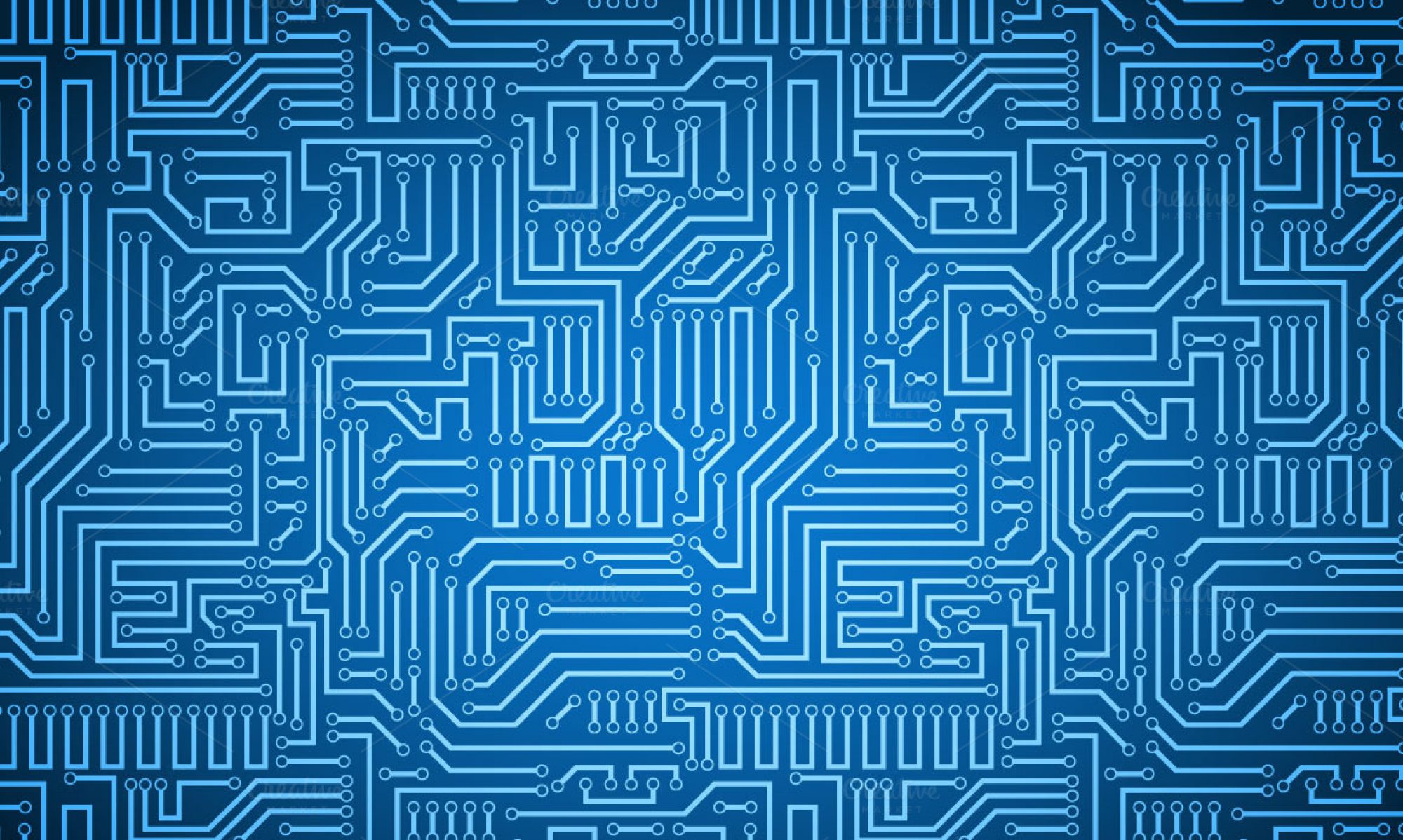This week Megan and I discussed our options with regards to establishing wireless communication between a mobile phone and the Arduino. For the past week or so I was operating under the assumption that the Wifi module we were given (ESP8266) would solve all our problems and that it would be a simple initialization process and we could have at least a simple web server hosted on it. The ESP8266 runs off of 3.3V and thus requires 3.3V logic from our microcontroller. As we are using a 5V Arduino Leonardo we would need a 3.3V to 5V logical level shifter. The module additionally is not breadboard friendly because of its pin grouping configuration. There was also confusion about how to use it after coming across conflicting information about the board.
After doing some research, we learned that it is actually quite typical to use the ESP2866 via a development board with the module embedded. Many of the resources we found used the ESP8266 NodeMCU development board which can be programmed in the Arduino language in the Arduino IDE. Considering that the only input the board would be receiving is through the internet through the wifi module embedded into the dev board, and the only output would be the single digital signal pin for the LED matrix, we decided that the NodeMCU board could be used as the single microcontroller for the project.
The ESP2866 NodeMCU board would simplify and condense the scale of the wiring. One drawback however is that the board is a 3.3V logic device and the LED matrix we are using requires a 5V digital control signal. This is a minor inconvenience but easily remedied with a logic level shifter purchased through Adafruit (SN74AHCT125N) link: https://www.adafruit.com/product/1787
